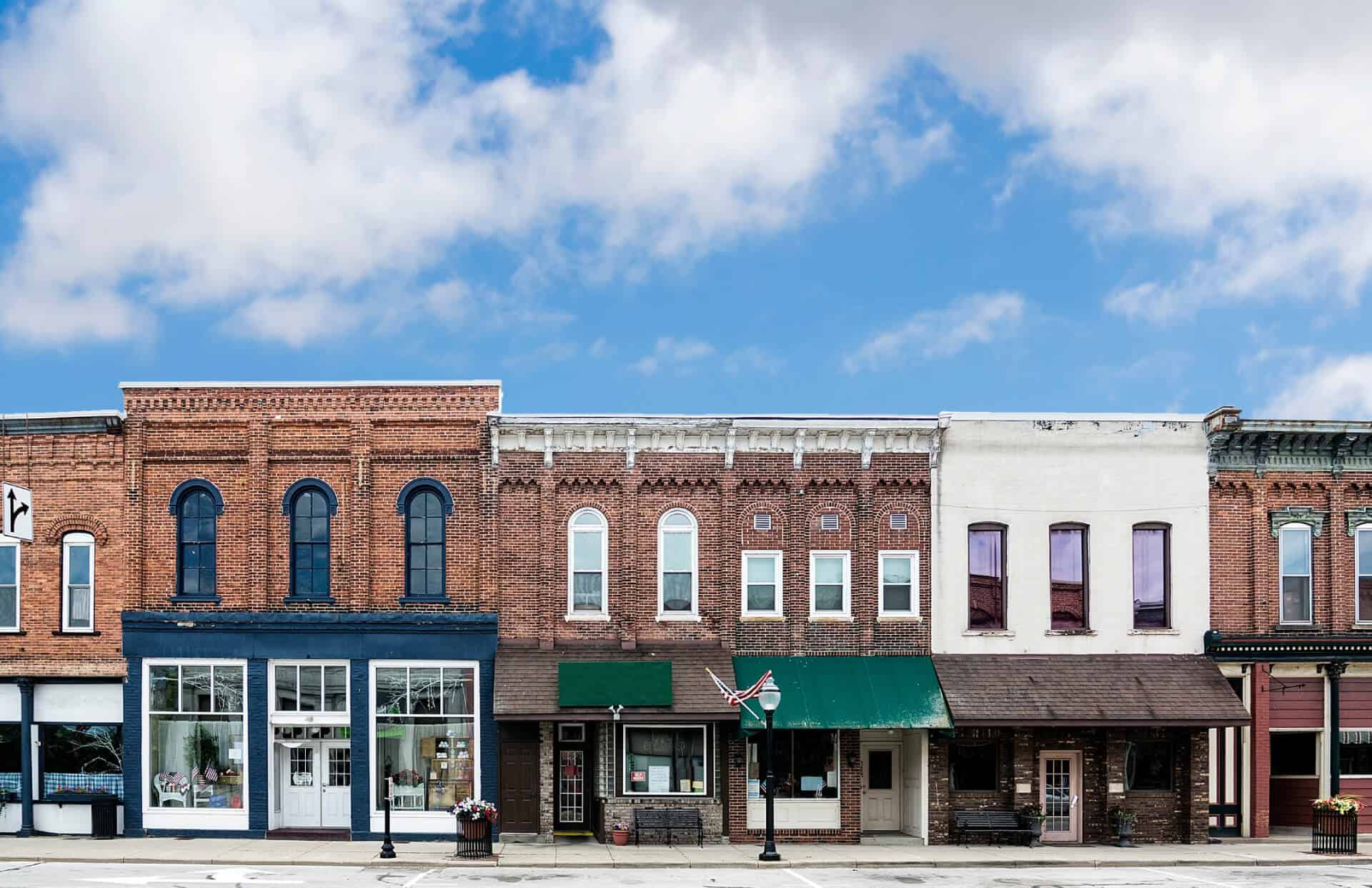Commentary
If this tree could talk

Jane Niebling
Editor’s note:
This is one in a continuing series of guest opinions about fostering environmental stewardship and leadership coordinated by ACES — The Alliance of Climate and Environmental Stewards.
Do trees get confused? You might well ask. This last year was enough to confuse anyone. A warm spring followed by a summer with searing temperatures and not a drop of water followed by frequent rain, followed by warmerthan- usual winter days with spikes of extremely warm days with pops of bitter cold. If you missed that one day of perfect outdoor skating, thinking there would be another one, you were wrong.
Last summer, toward the end of the drought, many broad-leaved trees dropped a good portion of their leaves. They just had to say, “No, thank you” to any more photosynthesis. Trees are tough; they can withstand stress like this for a few seasons and bounce back if things return to normal.
But what is normal? In August when the awful heat abated, I noticed that the trees that had dropped leaves put out some new ones. Their appetite returned apparently, but only for a snack – the new leaves were a little anemic looking.
My neighbor’s young cherry tree even put out a few blooms (four) in September. As I explained, in what I thought was a very convincing tone of voice, but which may have just been bossy, the tree decided to just go dormant during the drought to protect itself. Then, when it cooled off and rained, the tree woke up and, confused, thought it must be spring. I was really very clear about this.
I was wrong. There is such a thing as a fall blooming cherry. A modest fall bloom, then a flashier one in the spring. No botanical confusion here.
So, on this warming planet, what do trees know, and what do they do about what they know?
All plants evolved within a specific environment. If the environment changes what can a big plant, like a tree, do? Migrate.
Plant migration is nothing new, but human-created obstacles, like striped agricultural land and urban development, make migration an uncertain strategy. and the rate of temperature rise may be too fast for some species to keep up.
What can we do? The list of “recommended tree species” the Tree Commission, Parks Department and the city uses has changed over the years, and will continue to change.
The sweetgum was a tree of the Southeast but has been creeping north. There are three American persimmons planted on the rail trail. Originally native as far north as Connecticut, they are doing well. Three Kentucky coffee trees, native as far north as Pennsylvania, planted near the Bartlet Mall in Newburyport, seem quite comfortable.
If you are thinking of planting a tree in your yard, or requesting a street tree, pick a tree with a little climate flexibility. Better for everyone. Some of our native trees are going to fail in this changing climate. Some might survive by moving to Canada. We’ll miss them, but we have to admire their adaptability.
Jane Niebling, a Newburyport resident, is a member of Friends of Newburyport Trees.
Our Youth Corps asks that you care about our trees and their importance to future generations and then act accordingly personally. If you would like to learn more and possibly do a bit more or have any questions, please send an email to acesnewburyport@ gmail.com. To learn more about ACES and its initiatives, visit https:// www.aces-alliance.org.
.svg)




